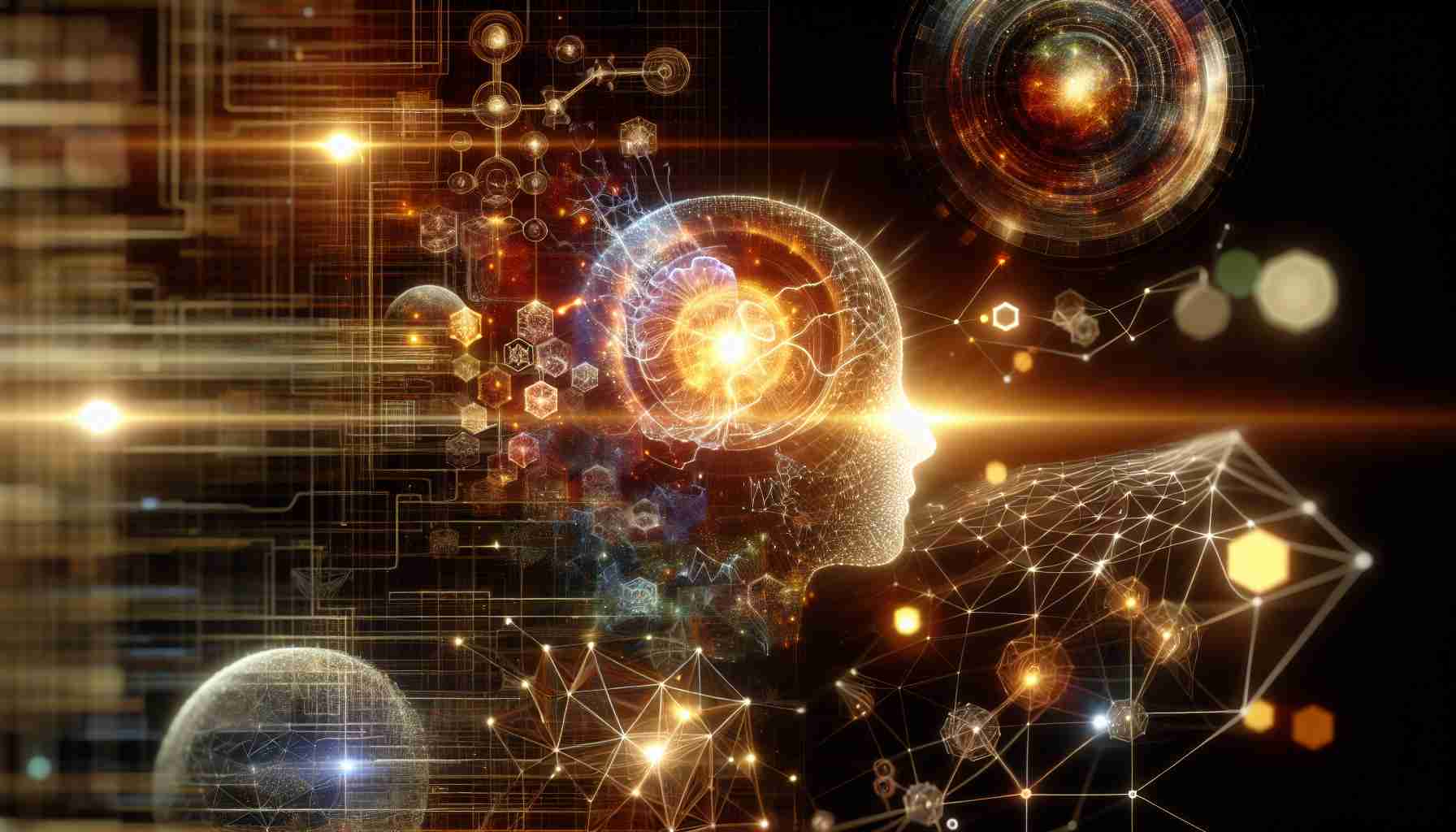Revolutionizing the digital realm, generative artificial intelligence stands as a formidable innovation, deemed as significant as the inception of the Internet itself. This groundbreaking technology is poised to transform every facet of digital life, from employment landscapes to content creation, communication, and consumption.
The excitement surrounding generative AI has triggered a tremendous investment wave in companies leading its development. Observers note parallels to the early days of the Internet, when a similar buzz attracted enormous capital flows. However, such historical comparisons also come with cautionary tales. The dot-com bubble is recalled as a time of great promise, which ultimately led to the downfall of many start-ups that lacked a sustainable profitability model.
Though some experts stop short of declaring a bubble in the current climate, the warning signs are apparent. Borja Ribera, an academic at EAE Business School and a financial firm director, points out that not all company valuations we are observing today can be justified by their future earnings potential. This suggests that many stocks may be overvalued, parallel to the era that witnessed the rise and fall of many Internet businesses. The sobering reminder reigns in some of the excitement and hints at the necessity for vigilant and sustainable investment strategies in the burgeoning field of generative AI.
Unleashing Creativity and Efficiency, generative AI has been changing the way we approach problem-solving and creation. Through its ability to generate new content, from images and music to text and code, this technology is poised to bolster human creativity with powerful new tools. However, it doesn’t come without its own set of issues.
Important Questions and Answers:
1. What is generative AI?
Generative AI refers to artificial intelligence algorithms capable of creating new, original content or data that is often indistinguishable from human-generated content.
2. What makes generative AI unique?
Unlike traditional AI, which analyzes and acts upon existing data, generative AI can create new content that didn’t exist before, from art and music to written content, thus expanding its potential applications.
3. What are the potential applications of generative AI?
Applications range from automating content creation for marketing and entertainment to accelerating drug discovery, aiding in architecture and design, providing virtual assistance, and optimizing manufacturing processes.
Key Challenges and Controversies surrounding generative AI include ethical concerns such as the potential for creating deepfakes that could be used in misinformation campaigns. There’s also the issue of copyright infringement when AI generates content based on existing protected works. Furthermore, there’s the question of how generative AI will impact job markets, with fears that it could lead to widespread unemployment in creative and other sectors.
Advantages and Disadvantages:
Advantages include increased efficiency and productivity, personalization capabilities, and the democratization of content creation, allowing more individuals to generate high-quality outputs without extensive training or resources. However, disadvantages involve ethical dilemmas, potential job displacements, and the proliferation of generated content that is misleading or of low quality.
For those interested in exploring more about generative AI, the websites of leading AI research organizations such as OpenAI, DeepLearning.AI, or tech giants like Google which conducts AI research, would be relevant starting points. Please ensure the links’ validity as the web can often change.

